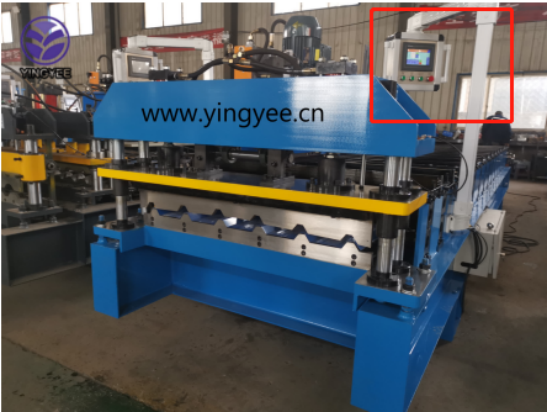
The Future of Automatic T Ceiling Production Lines
In an era where automation reigns supreme, the manufacturing industry is witnessing a revolutionary shift towards efficiency and precision. Among the myriad of innovations, the automatic T ceiling production line stands out as a game-changer, especially in the construction and interior design sectors. This article explores the advantages, technology, and future trends associated with these automated production lines.
Understanding T Ceilings
T ceilings, commonly known as grid ceilings or drop ceilings, are popular in commercial and residential environments. They consist of a grid framework that supports ceiling tiles, providing an aesthetically pleasing and functional finish. These ceilings are favored for their ease of installation, sound absorption, and access to overhead utilities. However, the manual production process can often be time-consuming and prone to human error, leading to inconsistencies in quality.
The Automatic Production Line
The automatic T ceiling production line utilizes advanced technology to streamline the manufacturing process. Equipped with cutting-edge machinery, these production lines automate various stages, including cutting, shaping, and assembling the grid components. Automation introduces a level of precision that manual production cannot achieve, significantly reducing waste and increasing overall output.
Key components of an automatic T ceiling production line include
1. Material Handling Systems These systems are designed to transport raw materials, such as metal sheets, to different stages of production with minimal human intervention.
2. Cutting Machines Automated cutting machines precisely cut materials to the required dimensions, ensuring uniformity across all ceiling components.
3. Forming Machines These machines bend and shape the materials into the required T-grid configurations, maintaining high accuracy.
4. Assembly Stations Automated assembly lines piece together the grid systems, often incorporating robotic arms for quick and precise placement.

Advantages of Automation
The benefits of utilizing an automatic T ceiling production line are manifold
- Increased Efficiency Automation significantly reduces production time, allowing manufacturers to meet the growing demand without compromising quality.
- Cost Savings By minimizing manual labor and material waste, companies can achieve considerable cost savings in both production and long-term operational costs.
- Enhanced Quality With precise machinery and real-time monitoring, production lines yield consistent quality across all products, reducing the likelihood of defects.
- Scalability Automatic production lines can be easily scaled up to meet increased demand, without the complications associated with hiring and training new staff.
Technological Innovations
As technology progresses, the future of automatic T ceiling production lines looks promising. Integration with artificial intelligence (AI) and machine learning is expected to optimize production schedules and maintenance routines. Smart production lines will analyze data in real-time, predicting equipment failures before they occur, thus minimizing downtime.
Moreover, advancements in sustainable materials are fueling the development of eco-friendly T ceilings. Manufacturers are exploring green alternatives that can be seamlessly integrated into automated production lines, enhancing both environmental responsibility and market competitiveness.
Conclusion
The automatic T ceiling production line represents a significant leap forward in the manufacturing process of one of the most commonly used construction elements. With its ability to enhance efficiency, quality, and sustainability, this technological innovation is set to redefine industry standards. As companies continue to embrace automation, we can expect even more sophisticated solutions that will not only meet the demands of the modern market but also pave the way for a sustainable future. Embracing these changes will be crucial for manufacturers aiming to stay ahead in a competitive landscape.